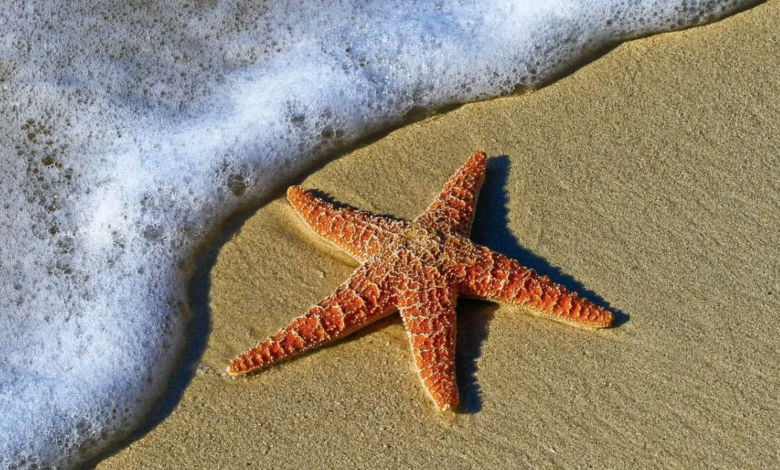In 2100, 1/7 of the global oceans will be affected by permanent sea heat waves
At each degree of temperature, 13.9% more ocean surface is affected by waves of sea heat
Last summer one of the strongest waves of sea heat ever recorded in the Mediterranean lasted almost 6 months, from the second half of April to the end of September. The peak has reached 21 July with ben 5 certain C of anomaly to the height of the Ligurian Sea. Still in September the water temperature of the Gulf of Genoa was 2 degrees above average.
Similar situations will occur more and more frequently in the future and tend to become ‘normal’. In the worst case scenario, the duration and intensity of waves will increase by 6-8 times compared to today. This is stated by a study published in Science of the total environment.
How will sea heat change?
The growth pattern of sea heat waves in recent decades is quite evident. So far on average, calculate the researchers of the First Institute of Oceanography and Key Laboratory of Marine Sciences and Numerical Modelling, Chinese Ministry of Natural Resources, the average rate of frequency, duration and intensity is increased by 3,7 events, 7.5 days and 2.2°C for each 1°C increase in global temperature. In addition, at every degree of temperature, 13.9% more ocean surface is affected by waves of sea heat.
read also EEA: in 2100 heat waves in Europe will cause 90 thousand deaths per year
What about in the future? The authors of the study used the forecasting model CMIP6 to define the evolution of the phenomenon in 3 different emissive scenarios: SSP126, SSP245 and SSP585, that is in case of low, medium and high global emissions at 2100. The spatial distributions of the variations of the annual days of sea heat waves, their frequency and cumulative intensity, conclude the researchers, should record increases, respectively, of 2 times, 4 times and 6-8 times. The major changes are expected to occur in the northeastern Pacific, the North Atlantic, the southern Indian Ocean and parts of the Southern Ocean. In the most adverse scenario, 14.8 ± 5.7% of the global oceans will find themselves permanently in a state of heat wave by the end of the century.






